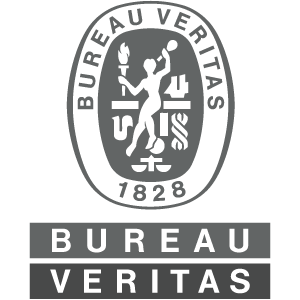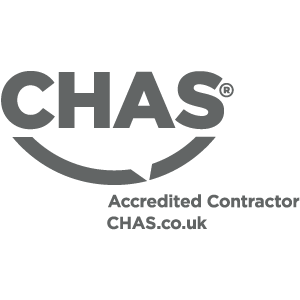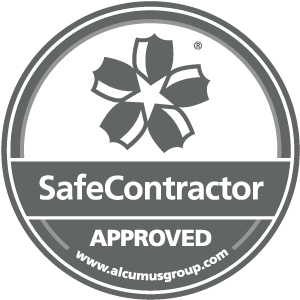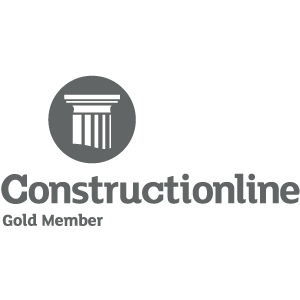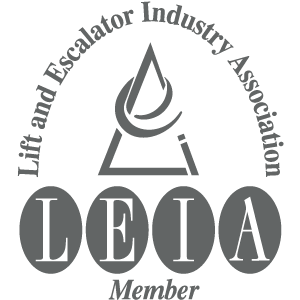Lifts have become an essential aspect of modern living, whisking us from one floor to another in buildings of all sizes. But have you ever wondered about the mechanics behind these vertical transport systems? In this blog post, we’ll demystify lift technology, exploring how lifts work and highlighting the key differences between two common types: hydraulic and traction lifts.
Lift Basics
Lifts are intricate systems designed to move people and goods vertically within buildings. They consist of several vital components:
- Car: The compartment that transports passengers or cargo.
- Counterweight: A counterbalancing system that offsets the car’s weight, increasing energy efficiency.
- Control System: The brain of the lift, managing its operations to ensure safe and smooth travel.
- Drive System: The power source responsible for moving the lift, either through hydraulic fluid or cable traction.
- Safety Mechanisms: Various safety features such as brakes, emergency stops, and sensors prevent accidents.
The Importance of the Control System
While hydraulic, pulleys and cables provide the physical movement, the lift’s control system is the brain of the lift and tells the drive system what to do and subsequently, where the lift car should do.
Safety Measures
Lift safety is a top priority. Multiple mechanisms are in place to ensure passengers are protected at all times. Some of these include:
- Emergency brakes: In case of a malfunction or overspeed, a governor will trip a safety gear which will lock the lift into place, even if the ropes are cut, you are safe in the modern lift!
- Overload protection: Sensors detect excessive weight and prevent the lift from moving until the excess weight is removed.
- Door interlocks: These ensure that the lift doors remain securely closed during movement.
Traction Lifts: The Power of Ropes and Pulleys
Traction lifts are the most common types of lifts. They operate on the principles of pulleys, cables, and an electric motor. Here’s how they work:
A fundamental principle behind lift operation is the use of pulleys and cables. Lift cars are suspended by steel ropes or cables, which are wound around a grooved pulley. An electric motor powers the pulley, causing it to rotate. When the motor turns in one direction, the car moves up; when it turns in the opposite direction, the car descends.
The counterweight, also connected to a cable, helps offset the weight of the car and its passengers, making the lift more energy-efficient. This balance ensures that the motor doesn’t need to work as hard to move the lift up or down.
Hydraulic Lifts: The Power of Fluids
Hydraulic lifts use a different mechanism involving pressurised fluid to move the lift car. Here’s how they operate:
- Cylinder and Piston: Hydraulic lifts have a cylinder filled with hydraulic fluid and a piston placed inside.
- Pressure Differential: When hydraulic fluid is pumped into the cylinder, it creates pressure, causing the piston to move. As the piston moves, it raises or lowers the lift car.
- Counterweight: Like traction lifts, hydraulic lifts may also use counterweights to offset the car’s weight and improve efficiency.
Key Differences Between Hydraulic and Traction Lifts
- Mechanism: The primary difference between the two types lies in their mechanisms. Traction lifts rely on cables and pulleys, while hydraulic lifts use pressurised fluid to move the car.
- Speed: Traction lifts are generally faster than hydraulic lifts, making them more suitable for tall buildings where speed is crucial.
- Energy Efficiency: Hydraulic lifts tend to be less energy-efficient than traction lifts, especially for high-rise buildings, due to the constant need to pump hydraulic fluid.
- Space Requirements: Hydraulic lifts often require a separate machine room to house the hydraulic pump and fluid reservoir, whereas traction lifts can be machine-room-less (MRL), saving space.
- Cost: Hydraulic lifts are usually less expensive to install initially but may have higher operational costs, while traction lifts can have higher upfront costs but lower ongoing expenses.
Lifts are a marvel of engineering, making our lives more convenient by providing seamless vertical transportation. Understanding the mechanics behind lifts, including the differences between hydraulic and traction lifts, enhances our appreciation for these everyday wonders. While both types serve the same purpose, their mechanisms and applications vary, allowing builders and architects to choose the best fit for their specific needs. Whether it’s the cable-driven efficiency of traction lifts or the hydraulic power of fluid in hydraulic lifts, lifts continue to evolve to meet the demands of modern architecture and urban living.
